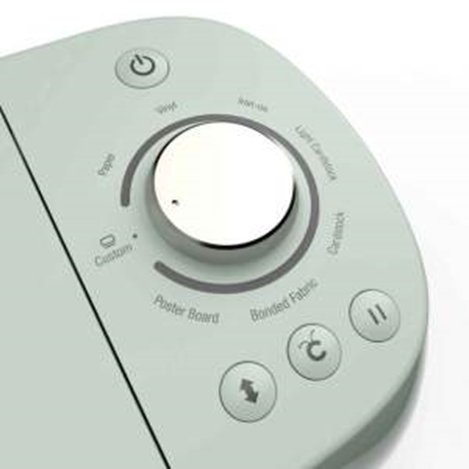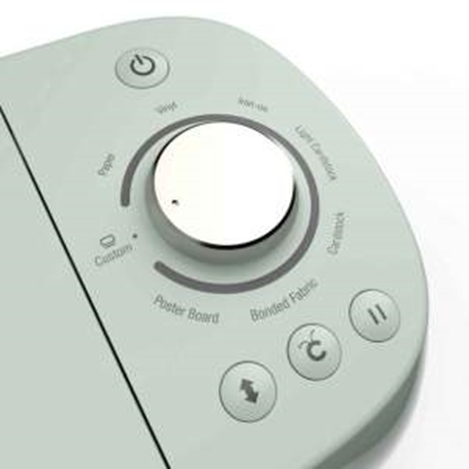Personal Style: Where do personal style and AI intersect? *
Do we truly have our own sense of personal style, or are we just copying the influencers around us?
Investigating how well AI could copy my own personal style made me think of the nature of personal style. What does that mean in the era of large datasets that seem to contain all styles. Do we somehow just pick and choose from what is out there? What distinctive, original content lies inside of us? Is there nothing new under the sun?
People can slightly unleash themselves from the culture and community of influencers. We are distinct because we can surprisingly change our style. Machine learning that looks at past datasets can’t predict our shedding of old rules and taking in new ones. In addition, people can be exposed to events or engage in experiences that modify their personal style. We can possibly work with the world of AI by curating your own datasets.
Reducing Creative Expression to a Flow Chart…Yuck
Everyone is creative. However, expressing creativity outside the daily requirements of problem solving and moving into art and music goes through three basic steps.
- Imagination of creator
- Technology to implement creation
- Physiology of viewer
But there is feedback, whether be from how your paint is showing on the canvas or the music to your ears or the feedback from other people (Picasso and Braque are a famous example of productive peer critiques).
It could be modeled as follows:
A picture of creative expression
Employing rules to bring personal mental images or musical creations to an audience broadens access to these processes. Seeking to communicate creative impulses with rules and structure extracted from cultural norms and other sources democratized artistic and musical expression. Children learn normative rules in speaking and writing that quickly let them use these abilities to express individual thoughts. A parent understands, “I miss daddy” as well as a lengthy narrative about loneliness and familial connections. A child’s stick figure drawing showing two people holding hands, presents as clear a meaning as a painting of the same thing.
We can quickly use normative rules to engage in art forms that may have traditionally been moderated by human gatekeepers. Introducing these rules can open a corridor for richer expression of ideas. Moreover, coupling these rules with intuitive software, online instruction, and the unfettered communications on the internet, allows more inclusive entrance into creating art and music.
Rules can guide the novice. For example, in music the relationship between notes that make up a chord are established and culturally conditioned. Moreover, the progression of these chords follows commonly recognized sequences. Therefore, one can couple lyrics with a chord progression that turns poetry into music. The visual arts also have rules related to guiding compositions and color. Moreover, artificial intelligence has been used in music and the visual arts to identify and redeploy patterns in new work.
I’m Offended!
Musical composers should be offended at the notion of creating music by simply accompanying lyrics with a rule-based (or sampled) approach. This offends the depth, breadth, and creative majesty of musical composition. A traditionally trained artist will likewise be offended at artwork produced by morphing existing images and applying colors from a standardized color scheme. However, musical and artistic creation can be democratized by identifying patterns and normative rules which are redeployed in a new, personal form.
Here is a remix of the song with a discussion of process. The remix is at the end.
* Much of the last two blog posts and YouTube song derive from my most recent ASEE paper, Engineering Art: Democratizing artistic expression using normative rules. The proceedings have not been published yet.














